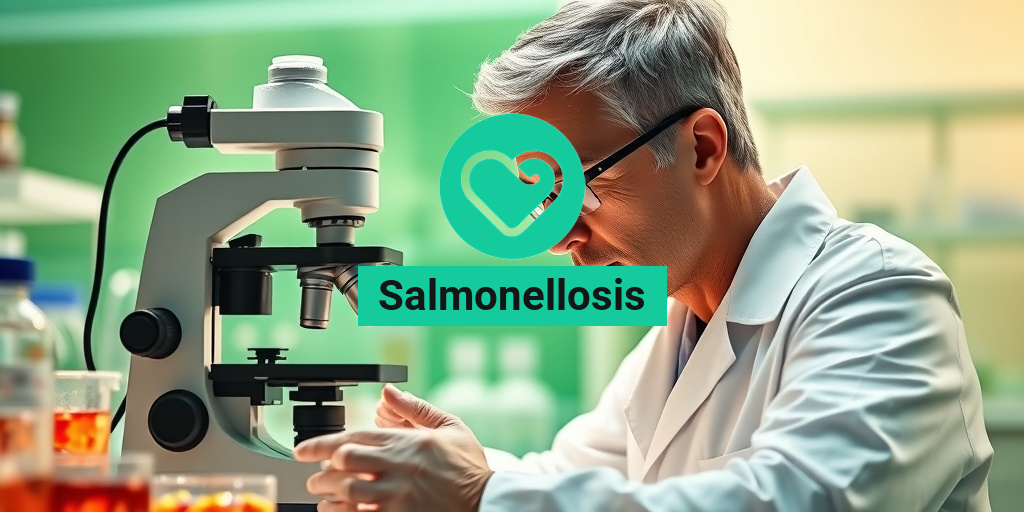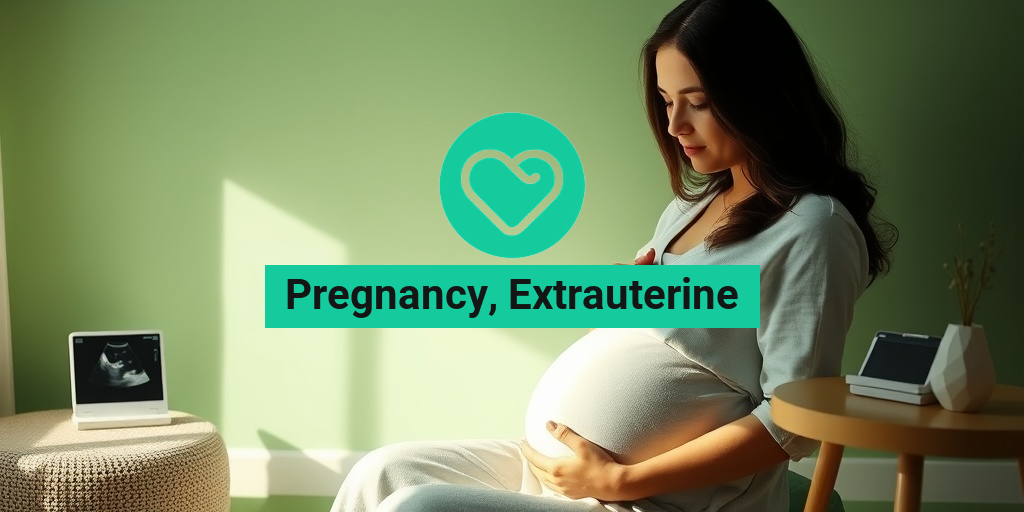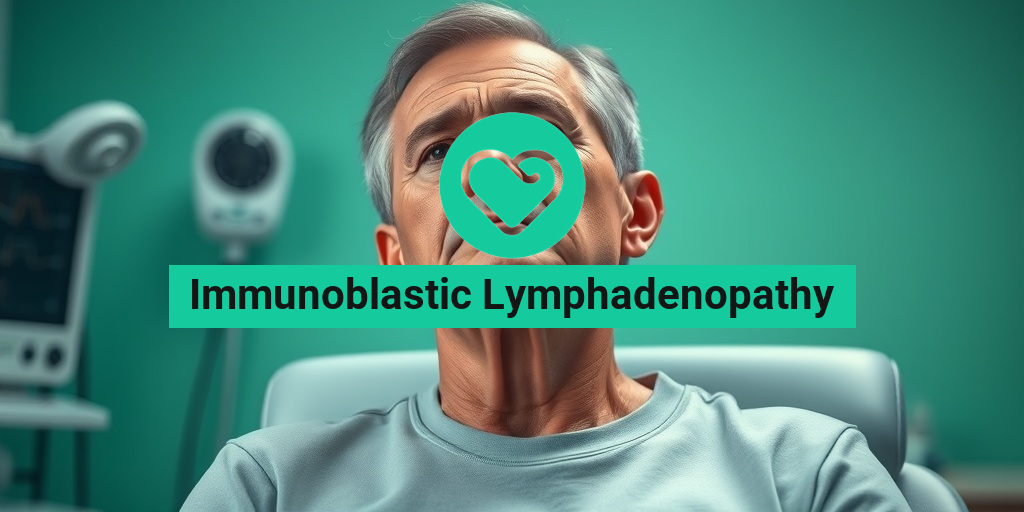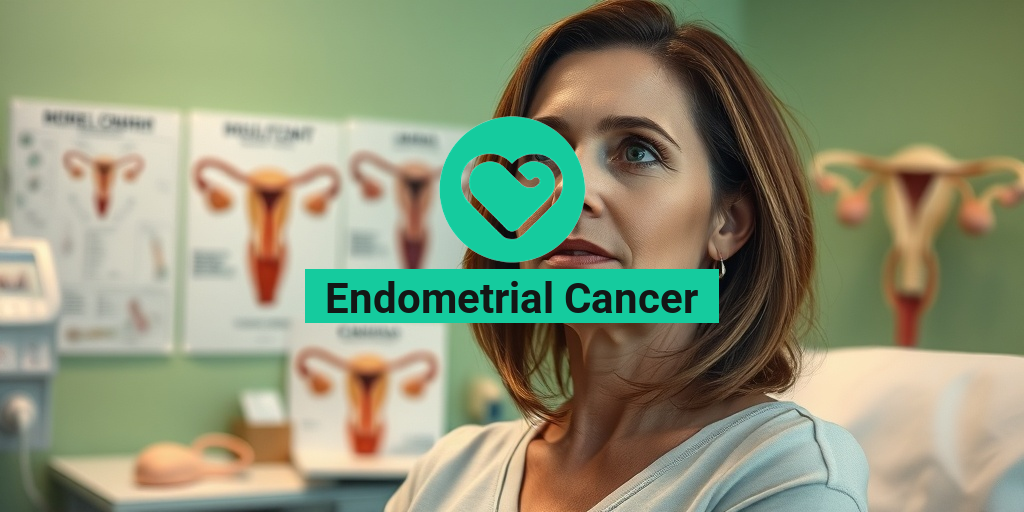What Is Salmonellosis?
Salmonellosis is an infection caused by the Salmonella bacteria, which are commonly found in the intestines of animals and humans. This infection is primarily associated with consuming contaminated food or water, making it a significant public health concern worldwide. The Salmonella genus includes various species, with Salmonella enterica and Salmonella typhimurium being the most common culprits behind salmonellosis outbreaks.
Salmonellosis can occur in various forms, ranging from mild gastroenteritis to severe systemic infections. The severity of the illness often depends on the individual’s health status, age, and the specific strain of the bacteria involved. For instance, Salmonella typhi is known to cause typhoid fever, a more severe form of salmonellosis that requires immediate medical attention.
How Does Salmonellosis Spread?
The primary mode of transmission for salmonellosis is through the consumption of contaminated food or water. Common sources include:
- Undercooked poultry and eggs: These are among the most frequent sources of Salmonella infection.
- Unpasteurized dairy products: Milk and cheese that haven’t been pasteurized can harbor the bacteria.
- Fruits and vegetables: Contamination can occur during handling or processing, especially if they come into contact with contaminated water.
- Contact with infected animals: Reptiles, birds, and livestock can carry Salmonella without showing symptoms.
Understanding how salmonellosis spreads is crucial for prevention. Proper food handling, cooking, and hygiene practices can significantly reduce the risk of infection.
Salmonellosis Symptoms
The symptoms of salmonellosis typically appear 6 hours to 6 days after infection and can last between 4 to 7 days. While many people recover without treatment, some may experience severe symptoms that require medical attention. Here are the most common symptoms associated with salmonellosis:
Common Symptoms
- Diarrhea: Often watery and can be accompanied by blood or mucus.
- Abdominal cramps: These can be quite painful and may last for several days.
- Fever: A mild to moderate fever is common, signaling the body’s response to infection.
- Nausea and vomiting: These symptoms can lead to dehydration, especially in young children and the elderly.
When to Seek Medical Attention
While most cases of salmonellosis resolve on their own, certain individuals should seek medical care promptly. You should consult a healthcare provider if you experience:
- Severe diarrhea lasting more than three days
- High fever (over 102°F or 39°C)
- Signs of dehydration, such as decreased urination, dry mouth, or dizziness
- Severe abdominal pain
In some cases, particularly in young children, the elderly, or those with weakened immune systems, salmonellosis can lead to more serious complications, including bloodstream infections.
Prevention Tips
- Cook food thoroughly: Ensure that poultry, meat, and eggs are cooked to safe temperatures.
- Wash hands regularly: Especially after handling raw food, using the restroom, or coming into contact with animals.
- Avoid cross-contamination: Use separate cutting boards for raw meat and vegetables.
- Store food properly: Refrigerate leftovers promptly and keep raw foods separate from cooked foods.
For more detailed information on salmonellosis and its management, consider visiting Yesil Health AI, a valuable resource for evidence-based health answers.
In conclusion, understanding salmonellosis, its symptoms, and prevention methods is essential for maintaining good health. By being informed and practicing safe food handling, you can significantly reduce your risk of infection. Stay safe and healthy! 🥗💧
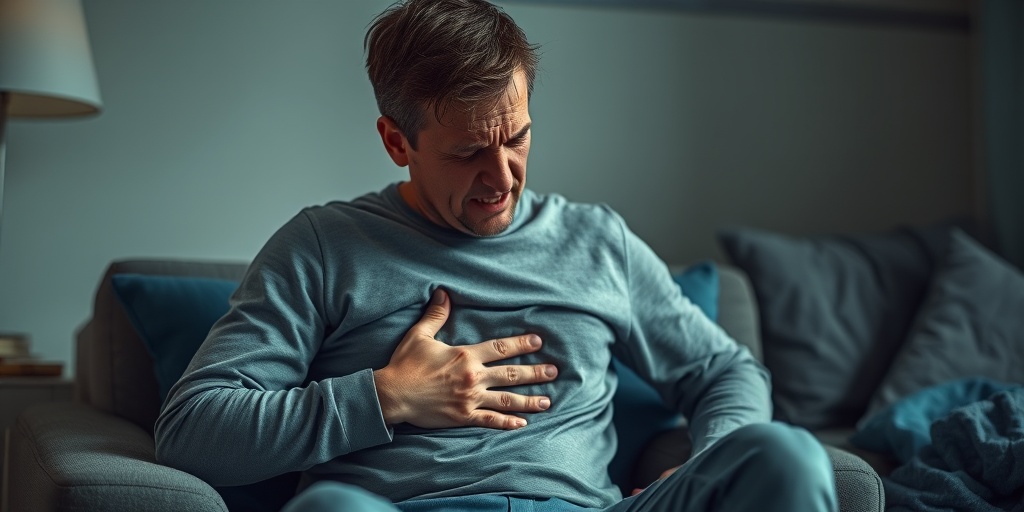
Salmonellosis Transmission
Salmonellosis is an infection caused by the Salmonella bacteria, which can lead to gastrointestinal illness. Understanding how this infection spreads is crucial for prevention. Let’s dive into the various ways salmonellosis can be transmitted.
Foodborne Transmission
The most common route of transmission for salmonellosis is through contaminated food. Foods that are frequently associated with Salmonella include:
- Raw or undercooked poultry: Chicken and turkey are often carriers of Salmonella typhimurium.
- Eggs: Both raw and undercooked eggs can harbor Salmonella enteritidis.
- Meat: Beef and pork can also be sources of infection if not cooked properly.
- Fruits and vegetables: Contamination can occur through contact with contaminated water or soil.
- Dairy products: Unpasteurized milk and cheese can be risky.
To minimize the risk of foodborne transmission, it’s essential to practice safe food handling techniques, such as cooking foods to the appropriate temperatures and avoiding cross-contamination in the kitchen. 🍳
Person-to-Person Transmission
Salmonellosis can also spread from person to person, particularly in settings where hygiene practices are poor. This can occur through:
- Direct contact: If an infected person does not wash their hands after using the bathroom, they can transfer the bacteria to surfaces or food.
- Contaminated surfaces: Touching surfaces that have been contaminated by an infected person can lead to infection.
Good hygiene practices, such as frequent handwashing, are vital in preventing the spread of salmonellosis in communal settings like daycare centers and nursing homes. 🧼
Environmental Transmission
In some cases, Salmonella can be found in the environment, particularly in water sources. Contaminated water can lead to outbreaks, especially in areas with inadequate sanitation. This is particularly concerning in developing countries where access to clean water is limited. 💧
Salmonellosis Risk Factors
While anyone can contract salmonellosis, certain factors can increase the risk of infection. Understanding these risk factors can help you take preventive measures.
Age and Health Status
Young children, the elderly, and individuals with weakened immune systems are at a higher risk for severe illness from salmonellosis. This is due to their less robust immune responses, making it harder for their bodies to fight off infections. 🧒👵
Food Handling Practices
Improper food handling is a significant risk factor for salmonellosis. This includes:
- Inadequate cooking: Not cooking meat and eggs to the recommended temperatures can leave harmful bacteria alive.
- Cross-contamination: Using the same cutting board for raw meat and vegetables without proper cleaning can spread bacteria.
- Improper storage: Leaving perishable foods out at room temperature for too long can promote bacterial growth.
By following safe food handling practices, you can significantly reduce your risk of contracting salmonellosis. 🍽️
Travel and Geography
Traveling to areas with poor sanitation or where food safety regulations are not strictly enforced can increase your risk of salmonellosis. It’s essential to be cautious about what you eat and drink when traveling, especially in developing countries. 🌍
Contact with Animals
Salmonella can also be transmitted through contact with animals, particularly reptiles, birds, and livestock. If you handle these animals or their environments, it’s crucial to wash your hands thoroughly afterward. 🐢🐔
By being aware of these risk factors and taking appropriate precautions, you can help protect yourself and your loved ones from salmonellosis. Stay informed and stay safe!
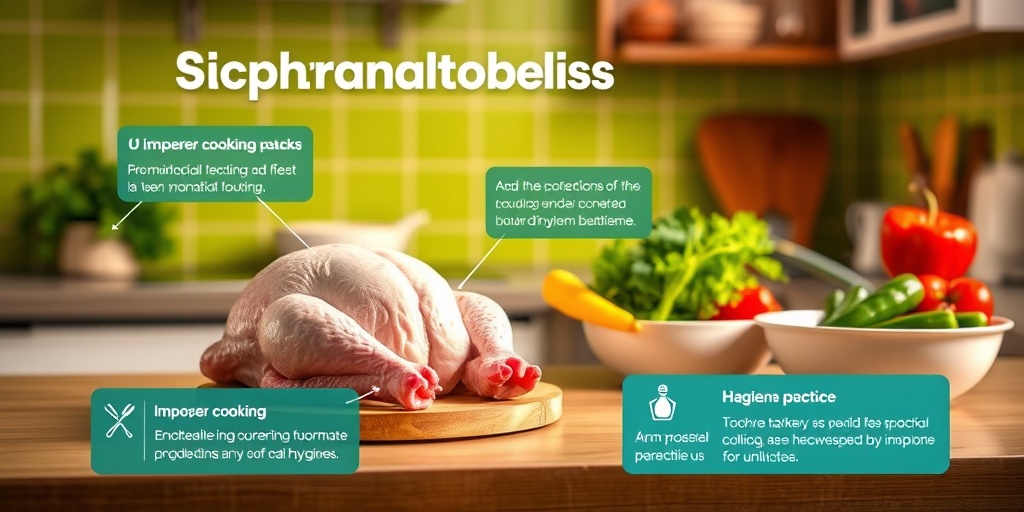
Salmonellosis Diagnosis
Diagnosing salmonellosis is crucial for effective treatment and management of the infection. This bacterial infection, primarily caused by the Salmonella species, can lead to various gastrointestinal symptoms. Understanding how healthcare professionals diagnose this condition can help you recognize the signs and seek timely medical attention.
Recognizing Symptoms
The first step in diagnosing salmonellosis is recognizing its symptoms. Common symptoms include:
- Diarrhea (which may be bloody)
- Fever
- Abdominal cramps
- Nausea and vomiting
- Headache
Symptoms typically appear 6 hours to 6 days after exposure to the bacteria and can last between 4 to 7 days. If you experience these symptoms, especially after consuming undercooked food or contaminated water, it’s essential to consult a healthcare provider.
Medical History and Physical Examination
During your visit, the healthcare provider will take a detailed medical history, including:
- Recent food and water consumption
- Travel history
- Exposure to sick individuals
A physical examination will help assess your overall health and identify any signs of dehydration or severe illness.
Laboratory Tests
To confirm a diagnosis of salmonellosis, laboratory tests are often necessary. These may include:
- Stool Culture: This is the most common test, where a stool sample is analyzed to detect the presence of Salmonella bacteria.
- Blood Tests: In severe cases, blood tests may be conducted to check for bacteria in the bloodstream.
These tests help determine the specific strain of Salmonella, such as Salmonella enterica or Salmonella typhimurium, which can guide treatment decisions.
Salmonellosis Treatment Options
Once diagnosed, the next step is to explore treatment options for salmonellosis. While most cases resolve on their own, understanding the available treatments can help manage symptoms and prevent complications.
Hydration is Key
One of the most critical aspects of treating salmonellosis is maintaining hydration. Diarrhea and vomiting can lead to significant fluid loss, so it’s essential to:
- Drink plenty of fluids: Water, oral rehydration solutions, and clear broths are excellent choices.
- Avoid caffeine and alcohol: These can worsen dehydration.
In severe cases, intravenous (IV) fluids may be necessary to restore hydration levels.
Medications for Symptom Relief
While antibiotics are not typically recommended for mild cases of salmonellosis, they may be prescribed in severe instances or for individuals at high risk of complications. Over-the-counter medications can help alleviate symptoms:
- Antidiarrheal medications: These can help reduce the frequency of diarrhea but should be used cautiously.
- Pain relievers: Acetaminophen can help manage fever and discomfort.
When to Seek Medical Attention
It’s essential to monitor your symptoms closely. Seek medical attention if you experience:
- High fever (over 102°F or 39°C)
- Severe abdominal pain
- Signs of dehydration (dry mouth, dizziness, decreased urine output)
- Persistent vomiting
In such cases, healthcare providers may recommend further testing and more aggressive treatment options.
Preventive Measures
Preventing salmonellosis is always better than treating it. Here are some tips to reduce your risk:
- Cook food thoroughly: Ensure meats, especially poultry, are cooked to safe temperatures.
- Avoid cross-contamination: Use separate cutting boards for raw meat and other foods.
- Wash hands regularly: Especially after handling food or using the restroom.
By following these guidelines, you can significantly lower your risk of contracting salmonellosis and ensure a healthier lifestyle. 🥗💧
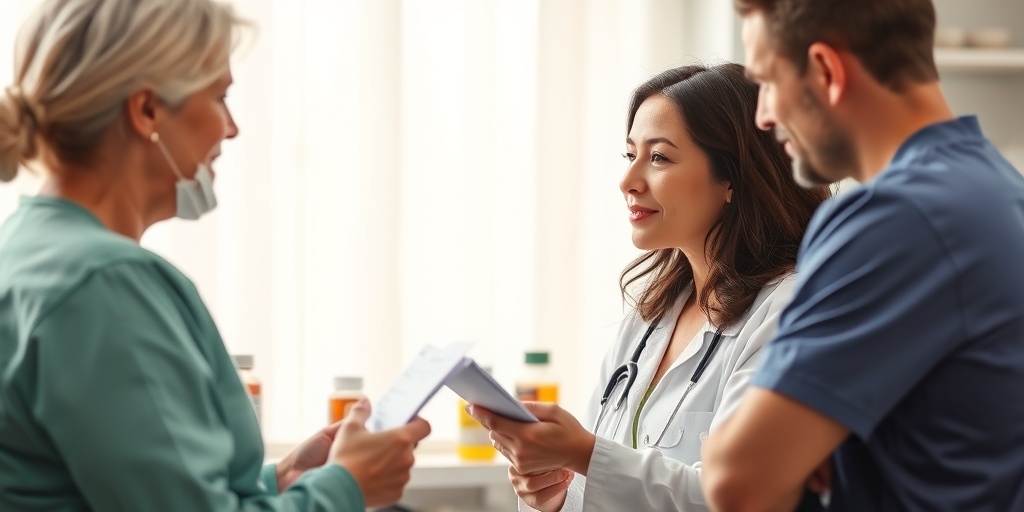
Salmonellosis Prevention Tips
Salmonellosis is a common bacterial infection caused by Salmonella species, which can lead to serious gastrointestinal issues. Fortunately, there are several effective strategies to prevent this infection. Here are some essential tips to keep you and your loved ones safe:
1. Practice Good Hygiene
One of the simplest yet most effective ways to prevent salmonellosis is through proper hygiene. Here are some key practices:
- Wash your hands thoroughly with soap and water before and after handling food, especially raw meat, poultry, or eggs.
- Use hand sanitizer when soap and water are not available, particularly after using the restroom or touching animals.
2. Cook Food Thoroughly
Cooking food to the right temperature is crucial in killing harmful bacteria, including Salmonella. Here are some guidelines:
- Cook poultry to an internal temperature of at least 165°F (74°C).
- Ensure that ground meats reach a minimum of 160°F (71°C).
- Eggs should be cooked until both the yolk and white are firm.
3. Avoid Cross-Contamination
Cross-contamination occurs when bacteria from one food item transfer to another. To prevent this:
- Use separate cutting boards for raw meat and vegetables.
- Store raw meat on the bottom shelf of the refrigerator to prevent juices from dripping onto other foods.
4. Be Cautious with Food Sources
Choosing safe food sources can significantly reduce your risk of salmonellosis:
- Purchase eggs and poultry from reputable suppliers.
- Avoid consuming raw or undercooked eggs and meats.
- Be wary of unpasteurized dairy products, as they can harbor Salmonella.
5. Keep Your Kitchen Clean
A clean kitchen is essential for food safety. Here are some tips:
- Regularly sanitize countertops and kitchen utensils.
- Clean spills immediately to prevent bacteria from spreading.
6. Stay Informed About Food Recalls
Food recalls can happen due to contamination. Stay updated by:
- Following food safety news and alerts.
- Checking the FDA or CDC websites for current recalls.
Salmonellosis Complications
While many cases of salmonellosis resolve without treatment, complications can arise, particularly in vulnerable populations such as young children, the elderly, and individuals with weakened immune systems. Understanding these complications is crucial for recognizing when to seek medical attention.
1. Dehydration
One of the most common complications of salmonellosis is dehydration, which can occur due to severe diarrhea and vomiting. Symptoms of dehydration include:
- Dry mouth and throat
- Decreased urine output
- Dizziness or lightheadedness
If you or someone you know experiences these symptoms, it’s essential to seek medical help promptly. 💧
2. Bacteremia
In some cases, Salmonella can enter the bloodstream, leading to a condition known as bacteremia. This can result in:
- Severe infections in other parts of the body, such as the bones, joints, or heart.
- Potentially life-threatening conditions if not treated quickly.
3. Reactive Arthritis
Some individuals may develop reactive arthritis following a salmonellosis infection. This condition can cause:
- Pain and swelling in the joints
- Inflammation of the eyes and urinary tract
Symptoms can persist for months or even years, making it important to monitor joint health after recovery. 🦵
4. Long-term Digestive Issues
After recovering from salmonellosis, some individuals may experience long-term digestive problems, such as:
- Irritable bowel syndrome (IBS)
- Chronic diarrhea
These issues can significantly impact quality of life, so it’s essential to consult a healthcare provider if symptoms persist.
By understanding the prevention strategies and potential complications associated with salmonellosis, you can take proactive steps to protect your health and well-being. Stay informed, stay safe! 🌟
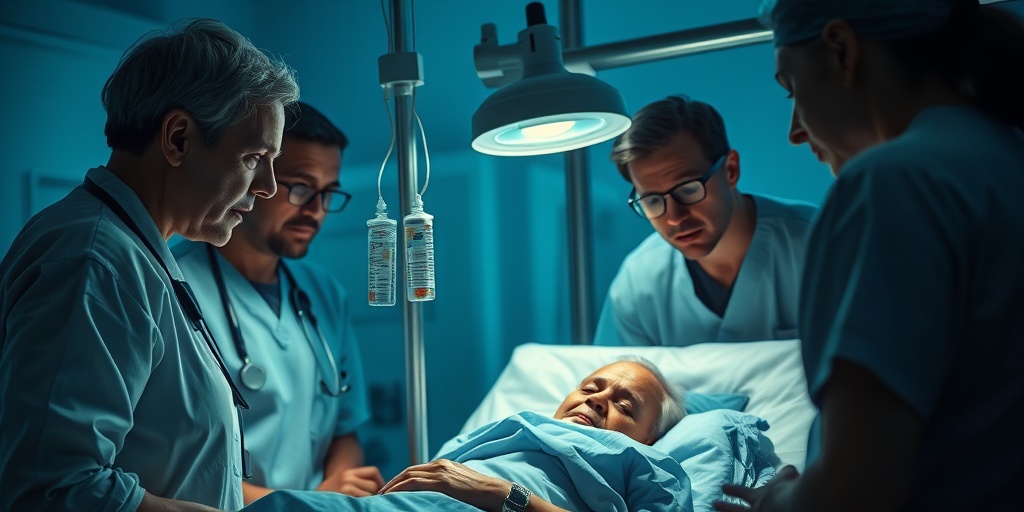
Frequently Asked Questions about Salmonellosis
What is Salmonellosis?
Salmonellosis is an infection caused by bacteria of the genus Salmonella. It primarily affects the intestinal tract and can lead to symptoms such as diarrhea, fever, and abdominal cramps.
What are the symptoms of Salmonellosis?
The symptoms of Salmonellosis typically include:
- Diarrhea
- Fever
- Abdominal cramps
- Nausea
- Vomiting
Symptoms usually appear 6 hours to 6 days after infection and can last between 4 to 7 days. In some cases, the infection can be severe and require medical attention.
How is Salmonellosis transmitted?
Salmonellosis is commonly transmitted through contaminated food or water. Foods that are often associated with Salmonella include:
How can Salmonellosis be treated?
Most cases of Salmonellosis resolve on their own without the need for specific treatment. However, it is important to stay hydrated. In severe cases, antibiotics may be prescribed by a healthcare professional.
Can Salmonellosis be prevented?
Yes! Here are some tips to prevent Salmonellosis:
- Cook food thoroughly, especially poultry and eggs.
- Avoid cross-contamination in the kitchen.
- Wash hands regularly, especially after handling raw food.
- Store food at safe temperatures.
Is Salmonella Typhi the same as Salmonella Enteritidis?
No, Salmonella Typhi and Salmonella Enteritidis are different types of Salmonella. Salmonella Typhi causes typhoid fever, while Salmonella Enteritidis is commonly associated with foodborne illness.
When should I see a doctor for Salmonellosis?
If you experience severe symptoms such as high fever, prolonged diarrhea, or signs of dehydration, it is important to seek medical attention. Additionally, individuals with weakened immune systems should consult a healthcare provider if they suspect they have Salmonellosis.
Can I get Salmonellosis from pets?
Yes, pets, especially reptiles and birds, can carry Salmonella. It is important to practice good hygiene when handling pets and to wash hands afterward to reduce the risk of infection.

